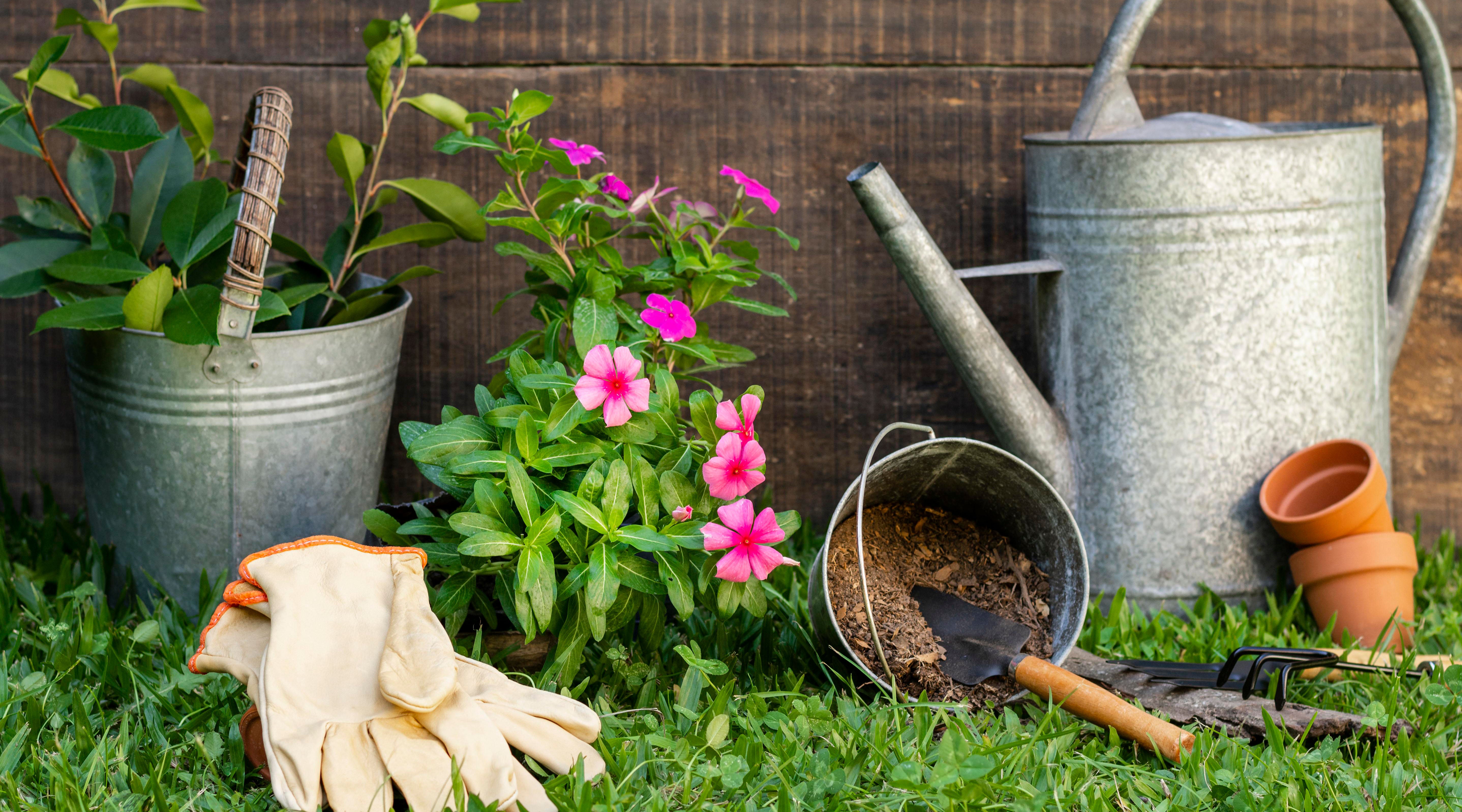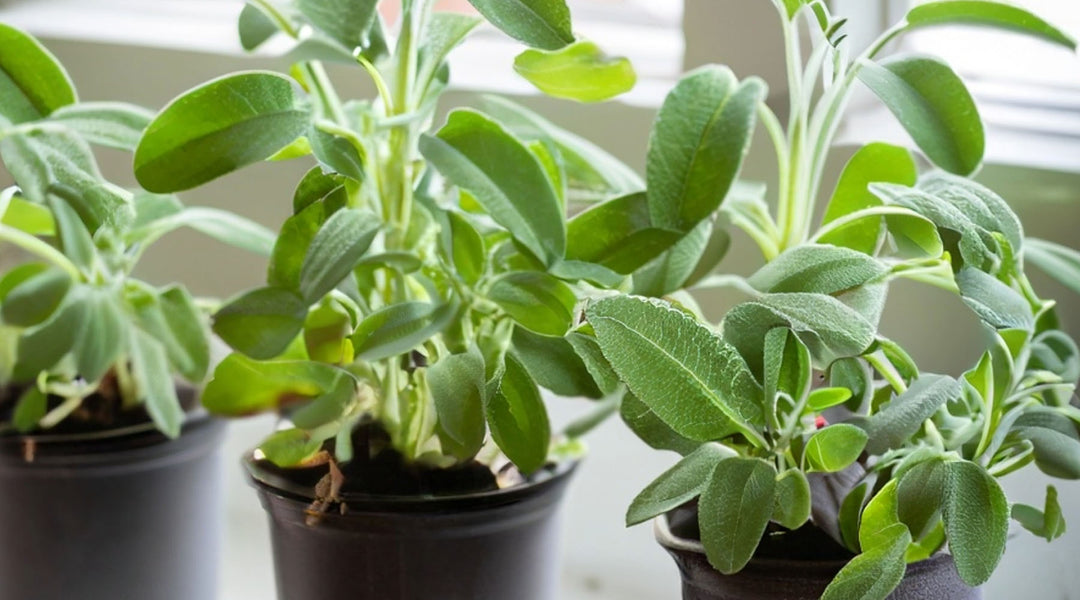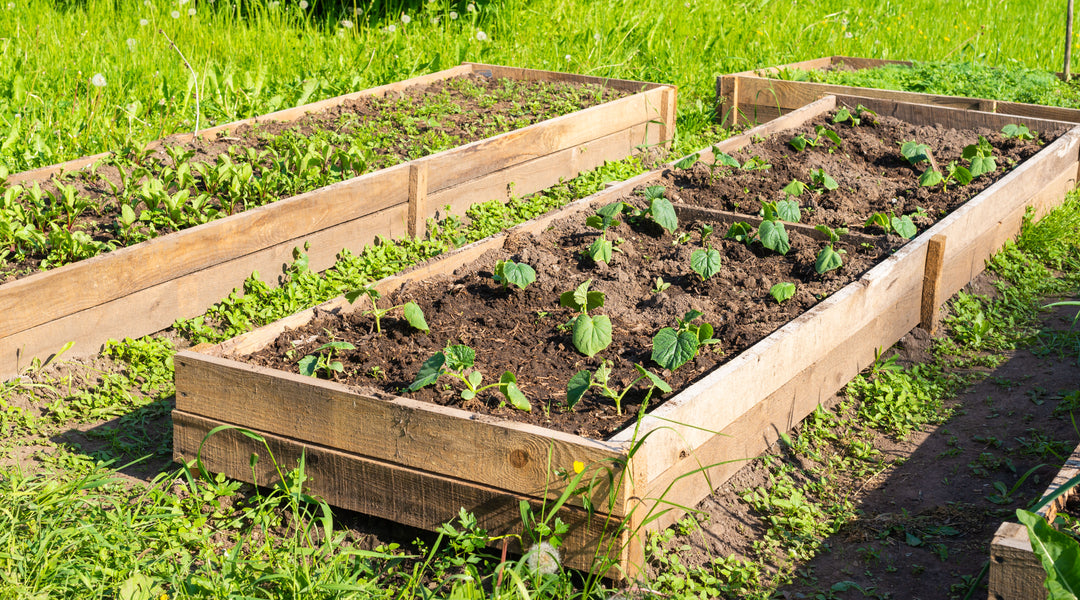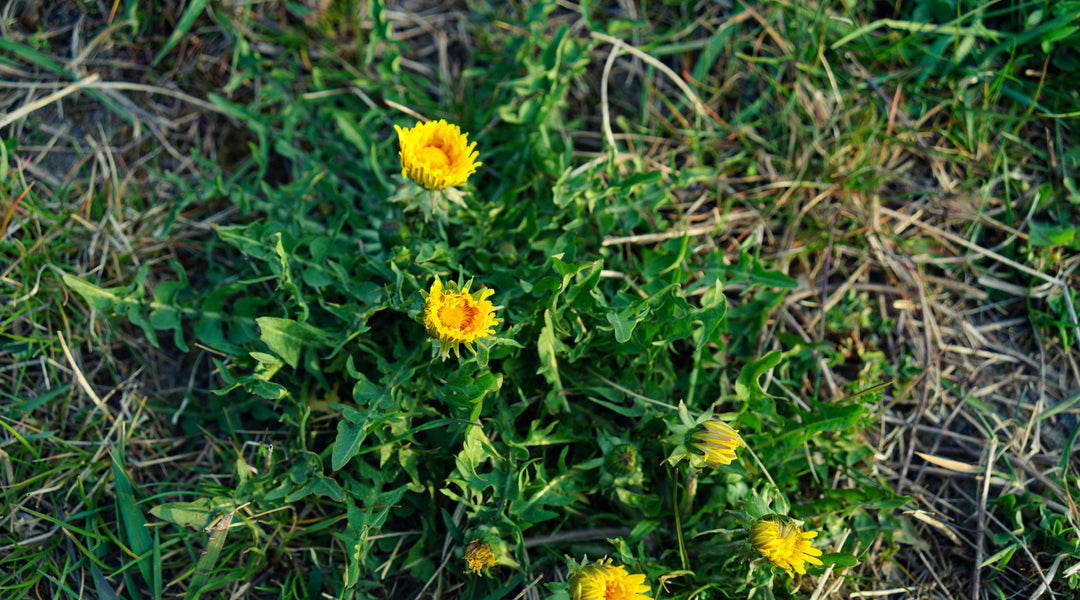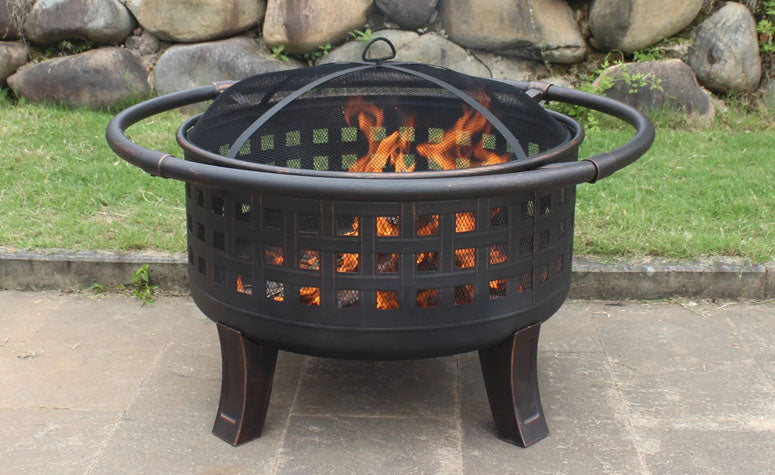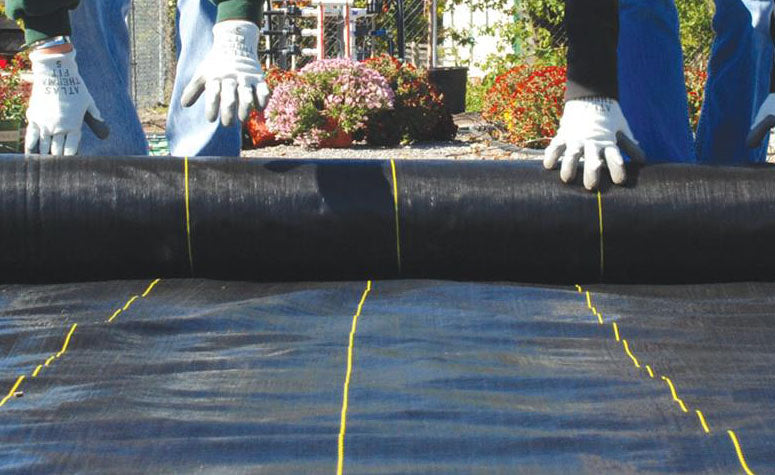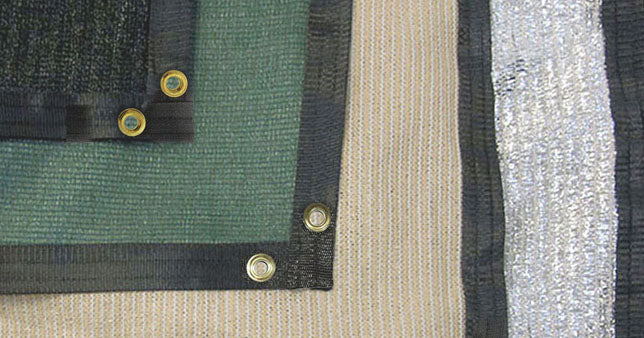Digging in the dirt to plant some flowers. For many of us gardeners, that's it. We probably don't think twice when we see or hear gardening terms. Terms we might think of as common knowledge may not be so common after all. Here's a list of terms I feel like we should all know, or at least, be familiar with:
Annual
A plant that lasts only one season. Many flowers and most vegetables are annuals.
Biennial
A plant with a two-year life span. These are actually a small percentage of plants, but beets and mullein are among those that live for two years before producing seed and dying.
Perennial
A plant that lives for more than two years. Many herbs, bushes, and ornamental are perennial, meaning they come back to life every year.
Tender perennial
A plant that lives more than 2 years in Zone 8 and above; otherwise, it is used as an annual (unless overwintered inside).
Full sun

At least 6 hours daily of direct sunlight. Most plants grown in a garden or landscape, whether ornamental or otherwise, like full sun.
Part sun or part shade
At least 3 hours daily of direct sunlight. Preferably morning or early afternoon sunlight.
Full shade
Less than 3 hours daily of direct sunlight with filtered light the rest of the time. In other words, there is at least some sunlight every day.
Hardiness zone
A geographical area (where you live) in which a plant is able to grow best. Basically, it's defining the minimum temperature a plant can withstand and still live. This is almost essential information, so if you don't know yours check the USDA Hardiness Zone map.
Germinate
When a plant emerges from a seed.
Transplant
Moving a plant from a pot or cell and replanting it in a larger pot or garden setting.
Dampening off
A fungal disease that affects young seedlings, usually killing them.
Heaving
A plant that is being pushed out of the ground when the ground freezes and thaws in the winter.
Deer resistance
While no plant is ever deer proof, there are plenty of plants that deer choose not to chomp on (they just must not taste good). There are also rabbit resistance plants too.
Cover crop
Is a crop grown (usually in a vegetable garden) to help maintain a soil's health by suppressing weeds, fixing nitrogen levels and adding organic matter to the soil. It also protects an area from runoff and discouraging pests and disease.
Planting depth
The depth at which a seed, bulb or plant should be planted. Planting at the correct depth increases the success of the plant.

Beneficial insects
Insects that will eat insects that are harmful to your plants, i.e.: ladybugs love to dine on aphids.
Beneficial plants/companion plant
Plants that will attract beneficial insects so they can eat the bad bugs or the plant itself repels insects. Beneficial plants can also add nutrients to your soil that another plant may need. Also they can act as a support to one another.
Perlite
Is used as a soil amendment (which helps the soil from compacting). It is also used as a medium for hydroponics.
Vermiculite
Can be used as a soil-less growing medium. It also helps retain air and releases moisture as the plants need it. It can also be mixed in with soil or peat and used to start seeds. Lastly, you can add it to potted plants and garden soil (especially if you have heavy soil) to allow air and water in.
Diatomaceous earth
Can be used as a growing medium for hydroponics. Also can be used as an insecticide (it causes the insect to dehydrate).
Vermiculture
Using worms to turn kitchen scraps into a rich compost.
Castings
The compost that is left after the worms have digested the kitchen scraps.
Knowing these terms might not make you an expert gardener, but they can definitely get you on your way.
- Greenhouse Megastore Staff


